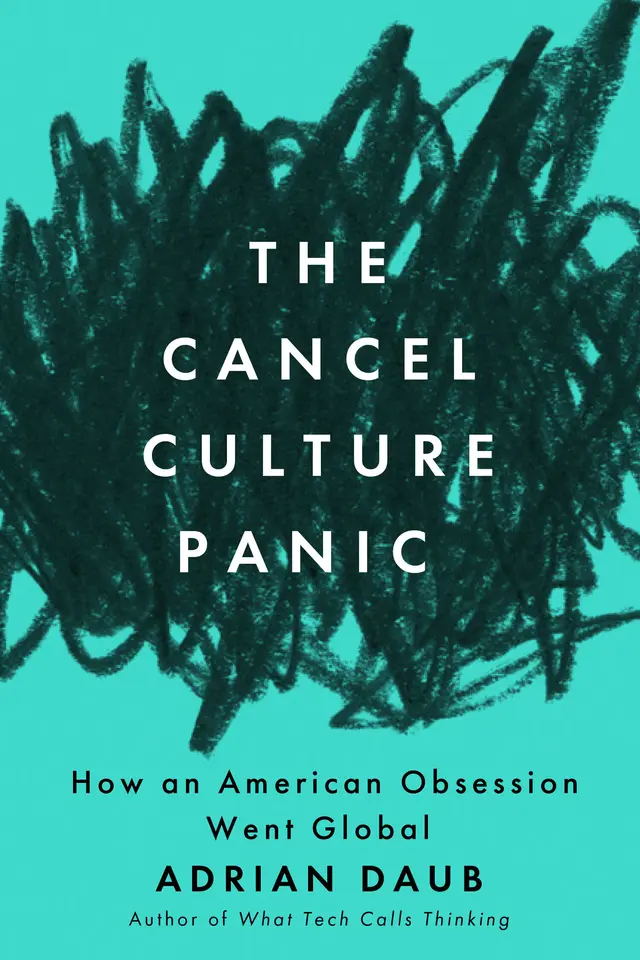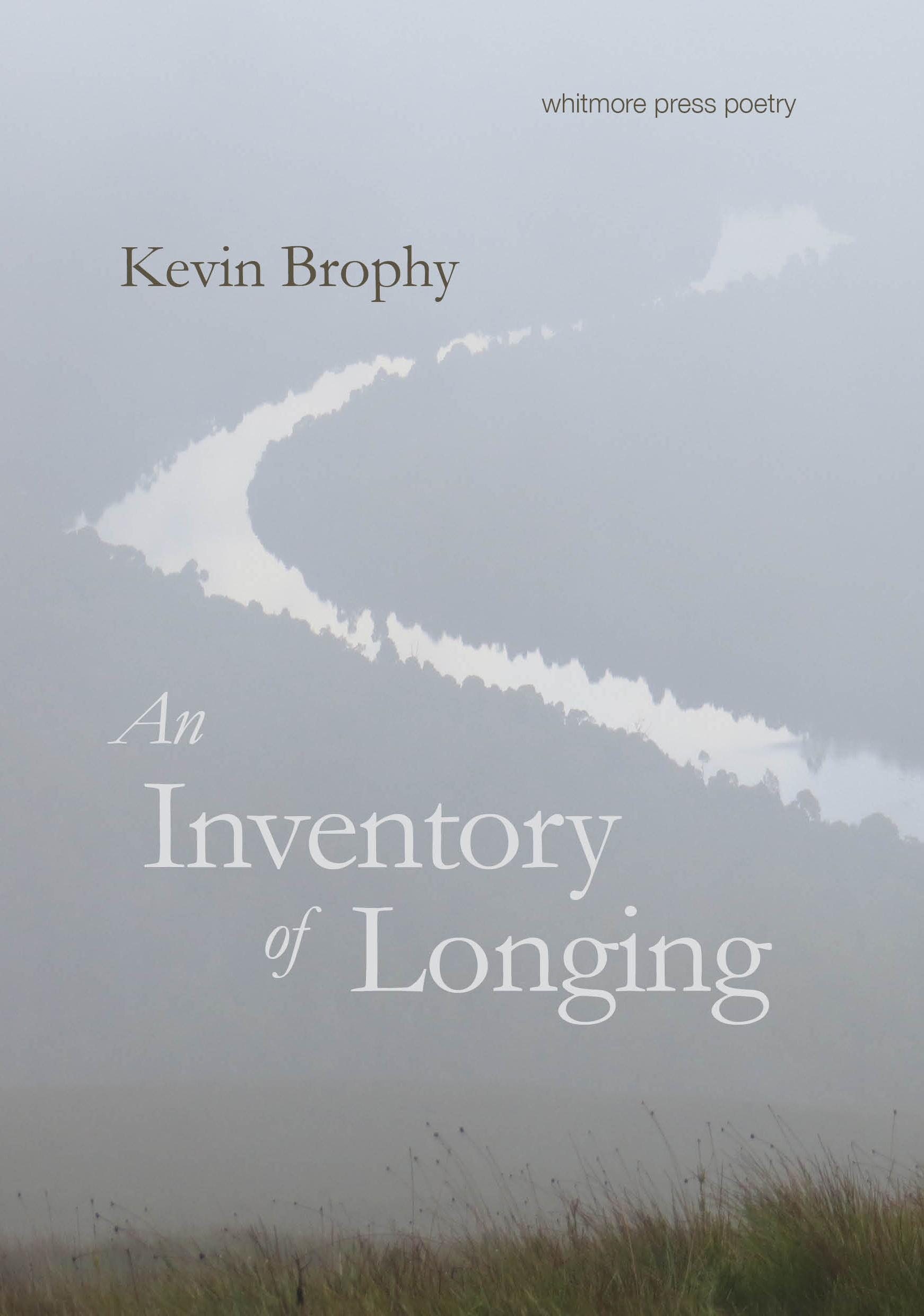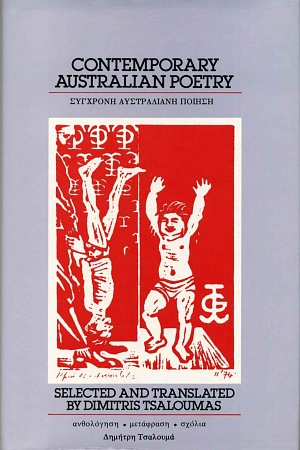Folly & Grief
Folly & Grief by Jennifer Harrison
Folly & Grief, Melbourne poet Jennifer Harrison’s third collection, reads on one level as a playful enquiry into the centuries-long association of folly with innovative live performance. Lizard men abseil down gallery walls; an extreme body artist creates a living sculpture of bees; a ventriloquist’s dummy stirs to life; New Age travellers toss firesticks, knives and chainsaws high into the sky. While the danger lurking in such displays is often what retains our interest (‘He juggles a chainsaw … even the fine patinating rain / feels like sprayed blood on my face and lips’), Harrison is equally concerned with the challenging apprenticeships these unusual skills demand. The road to becoming a master entertainer is explicitly connected to the craft of writing: ‘a juggler first conquers clumsiness / then writes the same poem, over and over.’
The sideshow artist’s metamorphosis from individual into character is attended with heightened interest: how the statue busker applies her silver greasepaint, or the clown his white talc and wig; the transformation of an actor donning a commedia dell’arte mask. Grief, that other term in the collection’s title, shears into focus. In the poem ‘Pierrot’, inspired by Edward Hopper’s painting Soir Bleu, Harrison’s world-weary clown has a ‘chemo-smooth skull’. ‘[H]unched / around pain, like a hospital’, there is gritty recompense in the fact that ‘nobody notices / you’re an odd-looking guy.’ The cancer survivor, like the street entertainer, is expected to don a mask to negotiate the public realm.
Folly & Grief is an original, if occasionally unsettling, meditation on the intersections of illness, artifice and art. Ultimately, Harrison’s conclusions are ambiguous. Yes, she seems to say, we need the distractions of folly; yet we must also face what the magician’s flashing scarves conceal: ‘the possibility / that a statue like a poem / plugs a hole in each life / that disguise / is the true form of evil.’









Leave a comment
If you are an ABR subscriber, you will need to sign in to post a comment.
If you have forgotten your sign in details, or if you receive an error message when trying to submit your comment, please email your comment (and the name of the article to which it relates) to ABR Comments. We will review your comment and, subject to approval, we will post it under your name.
Please note that all comments must be approved by ABR and comply with our Terms & Conditions.